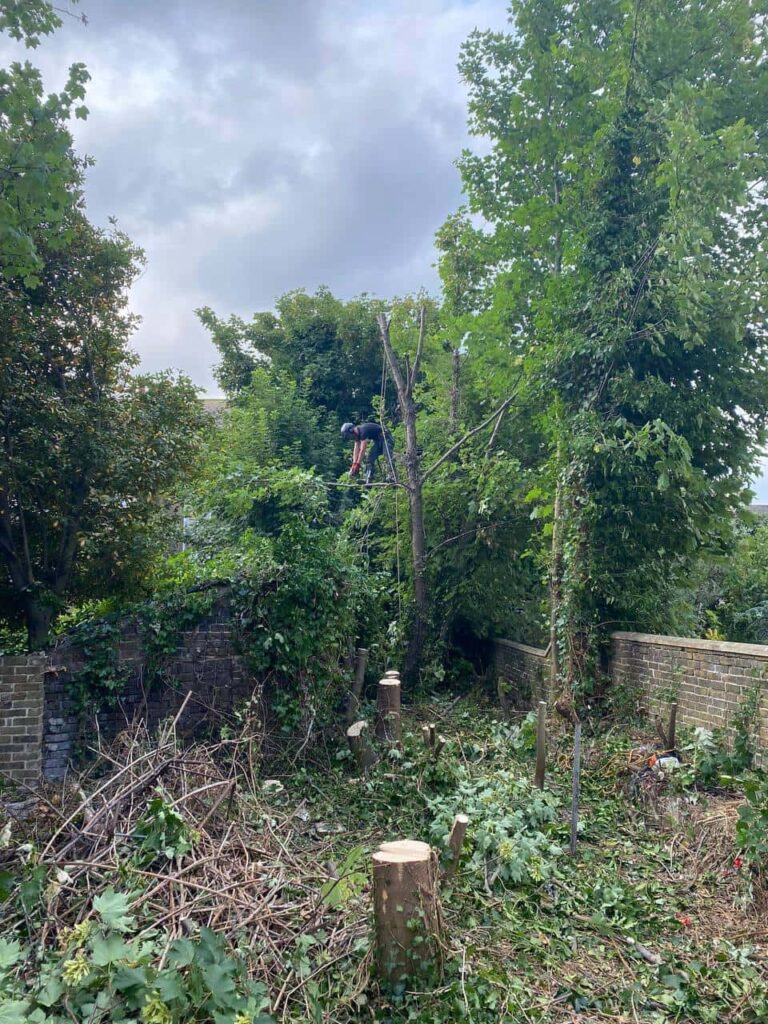Harnessing Stump Grinding for Water Conservation: Mitigating Runoff
Introduction: In arboriculture, stump grinding stands out not only as a method for landscape enhancement but also as a solution with broader environmental implications. One such impact area is water conservation, where stump grinding is pivotal in managing runoff and preserving precious water resources. In this blog post, we delve into the symbiotic relationship between stump grinding and water conservation, exploring how this practice contributes to sustainable land management practices and the preservation of natural ecosystems.
1. Minimising Soil Erosion: Tree stumps left behind after tree removal can disrupt soil stability and contribute to erosion, especially during heavy rainfall or irrigation periods. As rainwater flows over the surface, it can dislodge soil particles and carry them away, leading to sediment buildup in waterways and loss of fertile topsoil. Stump grinding helps mitigate soil erosion by removing obstacles to natural water flow and promoting rainwater infiltration. By reducing surface runoff, stump grinding minimises soil loss and preserves soil health for future plant growth.
2. Facilitating Groundwater Recharge: In regions where groundwater serves as a vital source of drinking water and sustains ecosystems, managing surface runoff becomes crucial for maintaining water availability. Stump grinding aids groundwater recharge by allowing rainwater to percolate into the soil and replenish underground aquifers. By grinding stumps below ground level, tree surgeons create channels for water infiltration, replenishing groundwater reserves and sustaining local hydrological cycles. This process supports the long-term viability of water sources and ensures their availability for future generations.
3. Preventing Contaminant Transport: Runoff from tree stumps can carry pollutants, such as sediment, debris, and chemicals, into nearby water bodies, contaminating aquatic habitats and compromising water quality. Stump grinding reduces the risk of contaminant transport by eliminating potential sources of runoff and creating a barrier against pollutant entry. By containing runoff within the landscape, stump grinding helps safeguard water resources from degradation and protects aquatic ecosystems from the harmful effects of pollution.
4. Promoting Sustainable Landscaping Practices: Integrating stump grinding into landscaping projects promotes sustainable land management practices, prioritising water conservation and environmental stewardship. Property owners and land managers demonstrate a commitment to responsible land use practices and contribute to preserving natural resources by incorporating stump grinding into tree removal processes. This proactive approach to water conservation fosters resilience in the face of climate change and supports the health and vitality of ecosystems.
5. Supporting Biodiversity and Habitat Preservation: Healthy water ecosystems support diverse plant and animal species and maintain ecological balance. By managing runoff through stump grinding, tree surgeons help create conducive environments for native vegetation to thrive and provide habitat for wildlife. Reduced runoff minimises disturbances to aquatic habitats and preserves the integrity of wetlands, streams, and rivers, supporting biodiversity conservation efforts and enhancing ecosystem resilience in the face of environmental challenges.
Conclusion: Stump grinding is a powerful water conservation tool, offering multifaceted benefits beyond landscape aesthetics. By minimising soil erosion, facilitating groundwater recharge, preventing contaminant transport, promoting sustainable landscaping practices, and supporting biodiversity preservation, stump grinding contributes to the sustainable management of water resources and the protection of natural ecosystems.
Call us on: 01603 361 093
Click here to find out more about Wroxham Tree Surgeons
Click here to complete our contact form and see how we can help you with your tree’s needs.

